Regulatory Support and Compliance
The digital banking market is benefiting from a favorable regulatory environment that encourages innovation and competition. Regulatory bodies in the US are increasingly recognizing the importance of digital banking solutions, leading to the establishment of frameworks that support fintech companies and traditional banks alike. For instance, the Office of the Comptroller of the Currency (OCC) has introduced initiatives to promote digital banking, which has resulted in a 30% increase in the number of digital banking licenses issued in recent years. This regulatory support not only fosters a competitive landscape but also enhances consumer trust in digital banking services. As compliance requirements evolve, the digital banking market is likely to see further growth, as institutions adapt to new regulations while leveraging technology to enhance service delivery and security.
Growing Importance of Financial Inclusion
The digital banking market is increasingly focused on promoting financial inclusion, particularly for underserved populations. With approximately 20% of the US population lacking access to traditional banking services, digital banking solutions are emerging as a viable alternative. By leveraging technology, financial institutions can reach these individuals, offering them essential banking services through mobile applications and online platforms. This emphasis on financial inclusion is not only beneficial for consumers but also presents a significant growth opportunity for the digital banking market. As more people gain access to banking services, the overall market size is expected to expand, with institutions that prioritize inclusivity likely to capture a larger share of the market. This trend underscores the potential for digital banking to bridge the gap between traditional banking and the unbanked population.
Increased Consumer Demand for Convenience
The digital banking market is experiencing a notable surge in consumer demand for convenience. As individuals increasingly seek seamless banking experiences, the adoption of mobile and online banking solutions has risen significantly. According to recent data, approximately 75% of consumers in the US prefer digital banking services due to their ease of use and accessibility. This trend indicates a shift in consumer behavior, where traditional banking methods are being overshadowed by the desire for instant access to financial services. The digital banking market is thus compelled to innovate continuously, offering user-friendly interfaces and enhanced functionalities to meet these evolving expectations. As a result, financial institutions are investing heavily in technology to streamline operations and improve customer satisfaction, further propelling the growth of the digital banking market.
Shift Towards Sustainable Banking Practices
The digital banking market is witnessing a shift towards sustainable banking practices, driven by increasing consumer awareness and demand for environmentally responsible financial services. Many consumers are now considering the environmental impact of their banking choices, prompting financial institutions to adopt greener practices. This trend is reflected in the growing number of banks that are committing to sustainability initiatives, such as reducing paper usage and investing in renewable energy projects. The digital banking market is thus adapting to these consumer preferences by offering eco-friendly banking options, which not only enhance brand reputation but also attract a new customer base. As sustainability becomes a core value for consumers, the digital banking market is likely to see continued growth in this area, with institutions that align their practices with these values gaining a competitive advantage.
Technological Advancements in Financial Services
Technological advancements are a driving force behind the evolution of the digital banking market. Innovations such as blockchain, cloud computing, and advanced data analytics are transforming how financial services are delivered. For example, the integration of blockchain technology is enhancing transaction security and transparency, which is crucial for consumer confidence. Additionally, the digital banking market is witnessing a rise in the use of big data analytics, enabling banks to offer personalized services and targeted marketing strategies. This technological shift is not only improving operational efficiency but also creating new revenue streams for financial institutions. As technology continues to advance, the digital banking market is poised for further expansion, with institutions that embrace these changes likely to gain a competitive edge.


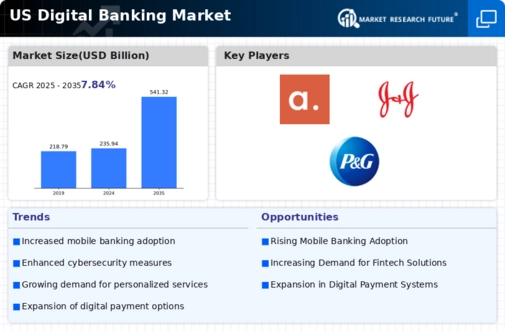
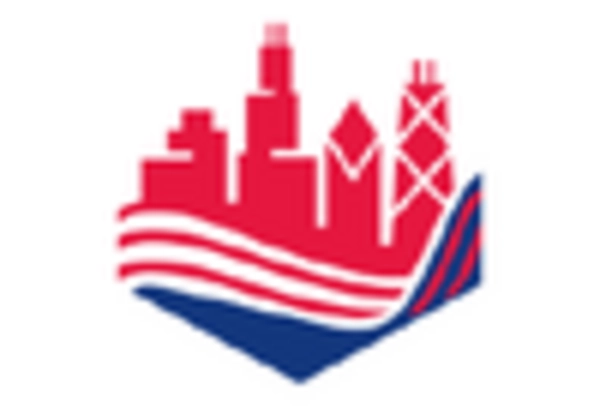
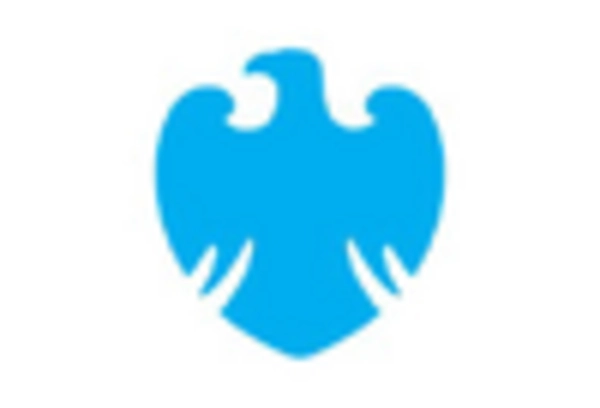
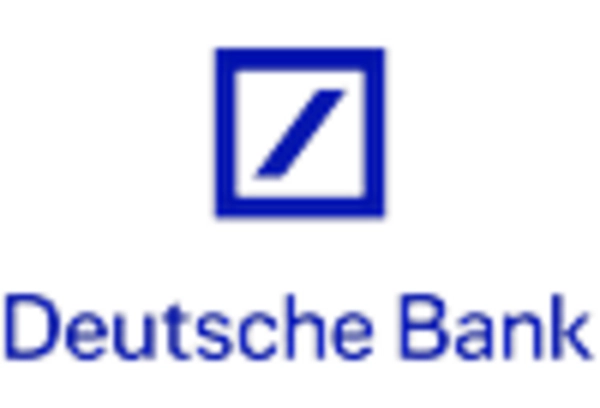
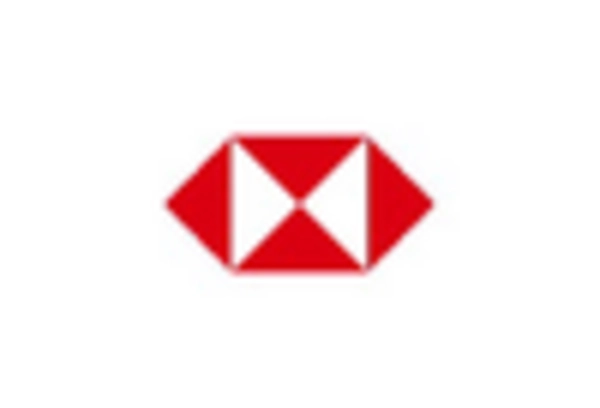










Leave a Comment